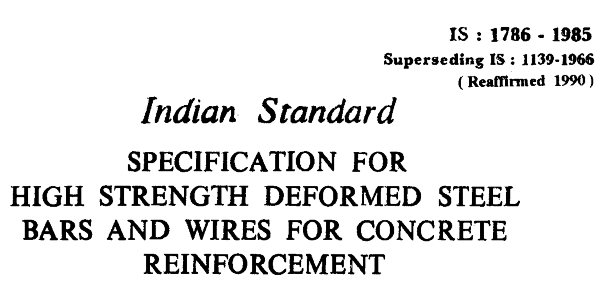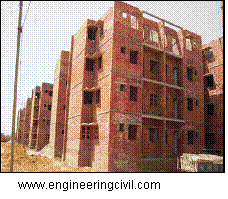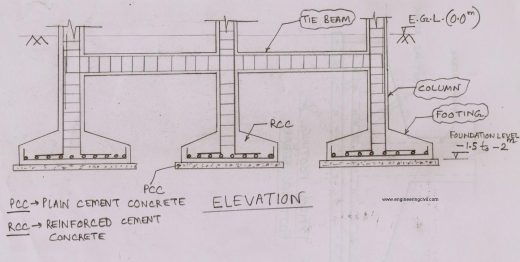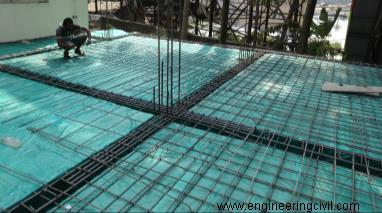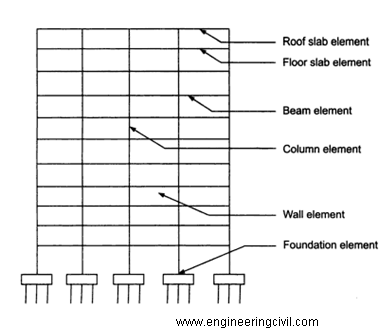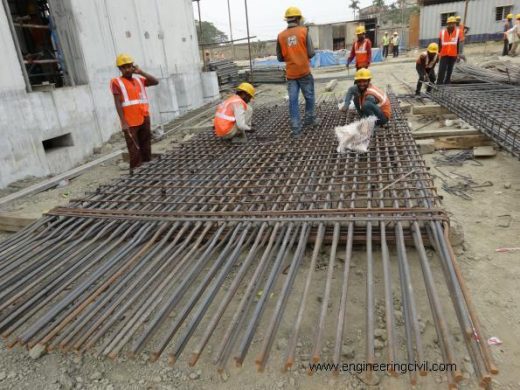By
Shubham Sunil Malu
ABSTRACT:
Concrete is a basic building material that will continue to be in demand far into the future. A world without concrete, and its dominant precursor, Ordinary Portland Cement (OPC), is hard to imagine. Although there are different types of concrete that have been developed for use in different applications, their common virtues are familiarity, versatility, strength, durability, wide availability, fire resistance, resistance to the elements and comparatively low cost.Cement industry is growing at a rapid pace in India and over the globe. Many new brands are available in the market but selection of good cement is very important for an engineer. Many a time construction project fails due to poor quality of cement.
This paper will show you what are the factors affecting the selection of cement and cement strength classification. Also, the quality control of cement and need of consistency of quality in cement. Thus the project, can be secured to extent with the selection of proper quality of cement.
Read More
